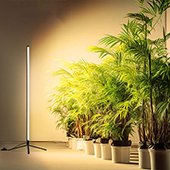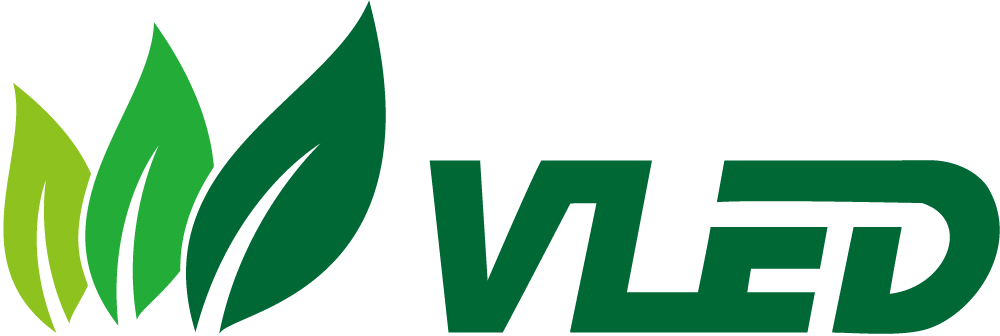In summary, the research on the impact of LED light quality on plant nitrate content suggests a straightforward analogy: different colors of LED lights act like various ingredients in a customized nutritional meal plan for plants, each with unique effects on growth and nutrient composition.
- Red light functions akin to a chef specializing in carbohydrates. It assists plants in better accumulation of dry matter and carbohydrates while also playing a positive role in reducing nitrate content.
- Blue Light acts as a nutritionist specializing in nitrogen metabolism. It directly stimulates the efficiency of nitrate reductase, increasing ammonia supply, and thus promoting plant absorption and utilization of nitrogen. It can also indirectly influence nitrogen metabolism by regulating respiration.
Interestingly, the proper combination of red and blue light resembles a carefully crafted dish, which can more efficiently induce plants to reduce nitrate content.
However, when it comes to the task of reducing nitrate content, it seems that red light takes the lead. Moreover, different light qualities have distinct effects on other nutritional components in plants, such as vitamin C (Ascorbic Acid), calcium, magnesium, and potassium content.
This indicates that the choice of light quality is indeed a technical matter, requiring flexible adjustments based on the specific needs of the plant.
Based on the above experimental data, the influence of red light on lettuce’s antioxidant capacity reveals the impact of light quality on plant physiological metabolic processes.
However, the effect of red light supplementation varies depending on the variety, with each variety’s sensitivity to the light environment determined by the accumulation level of antioxidant substances in lettuce leaves.
As for the application of LED supplementary lighting, it is akin to providing plants with strength training. Especially with red light supplementation, it can effectively reduce nitrate content in certain lettuce varieties before harvest while enhancing antioxidant capacity.
However, this does not apply to all varieties, indicating that plants’ requirements for the light environment vary depending on their characteristics.
Therefore, overall, the use of LED light sources with different light qualities allows us not only to regulate the nitrate content of plants but also to improve the overall quality and nutritional content of plants by optimizing the light environment.
This undoubtedly provides modern agriculture with another new tool and a new approach to precision management.




